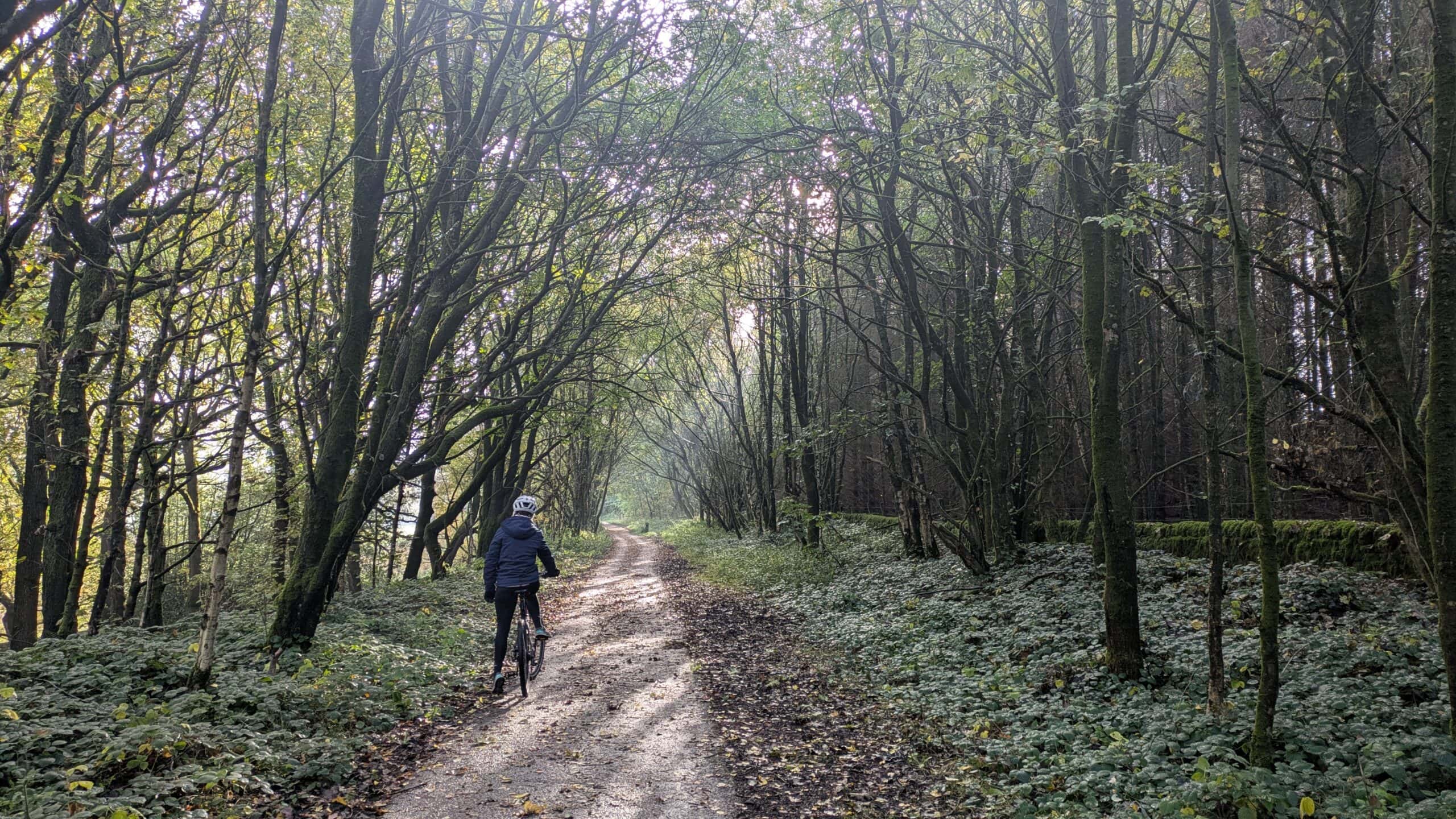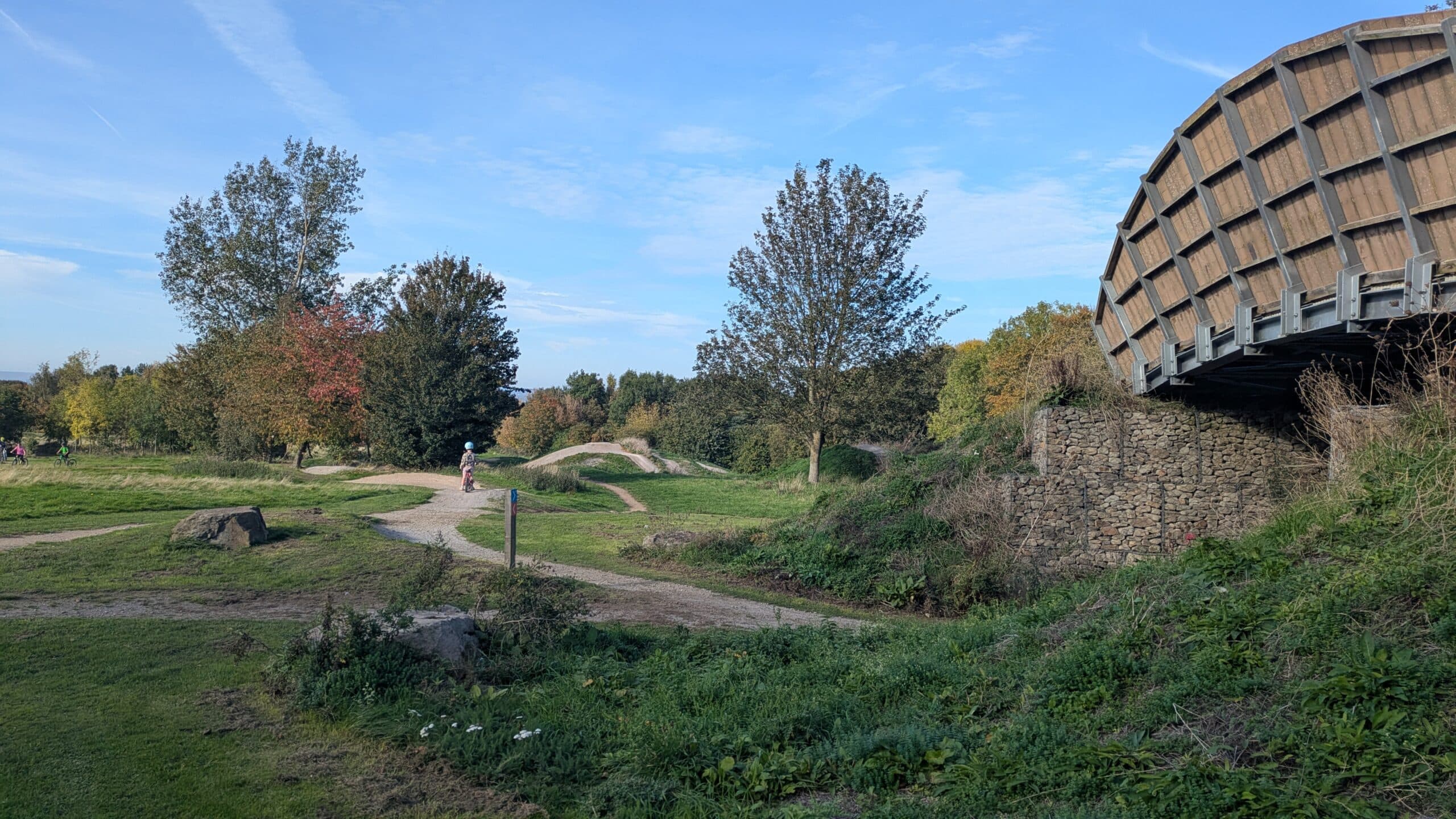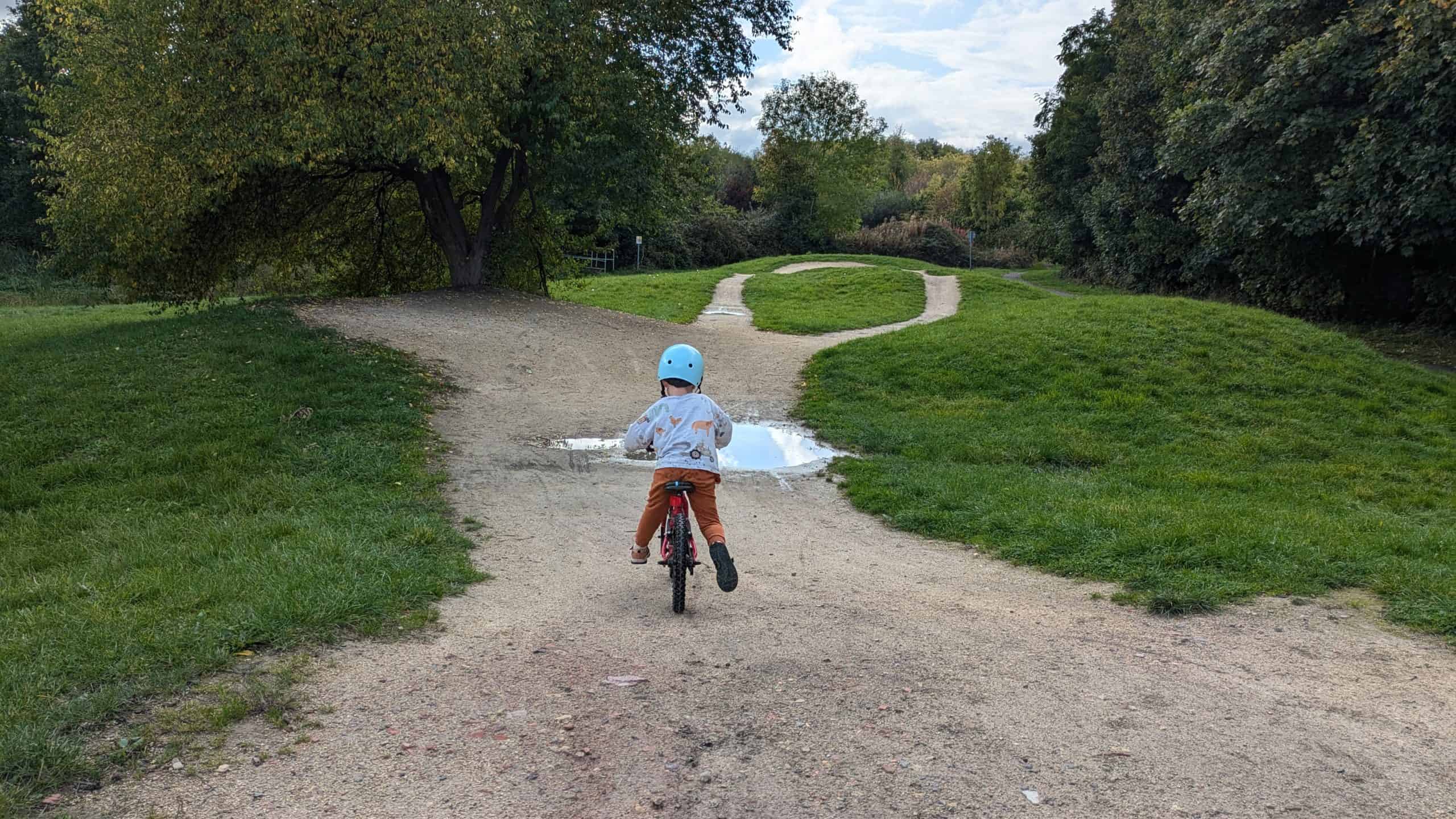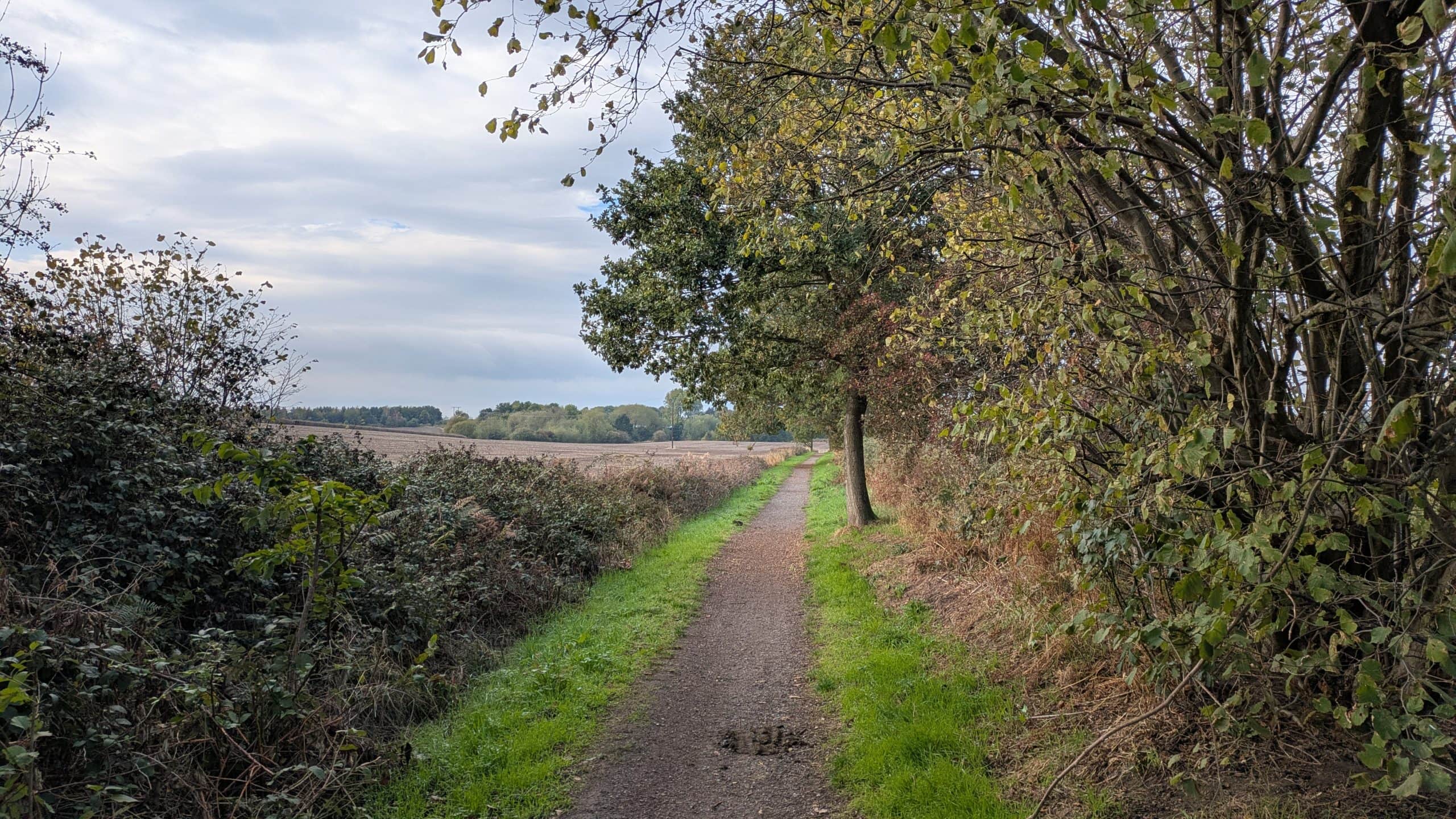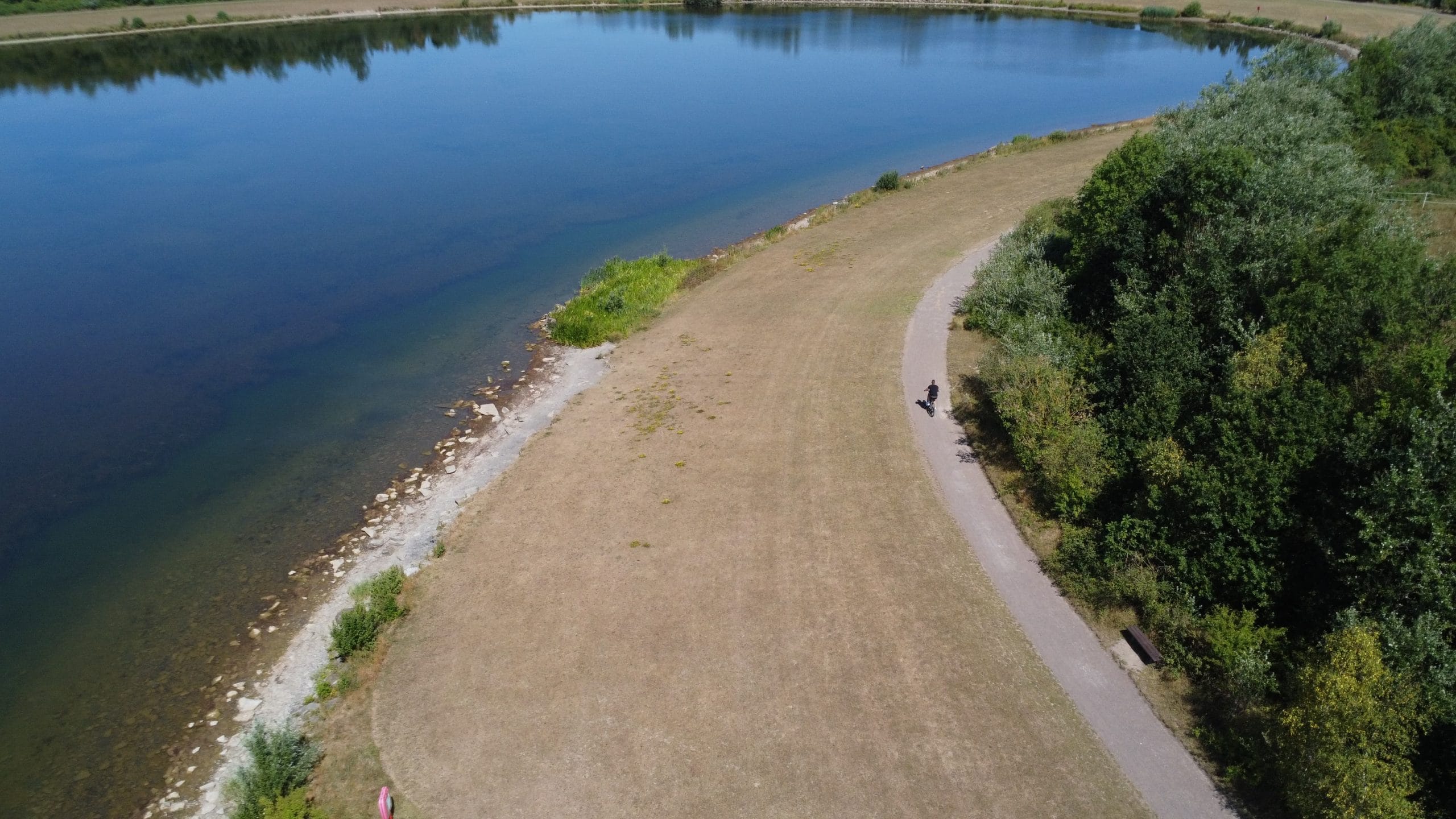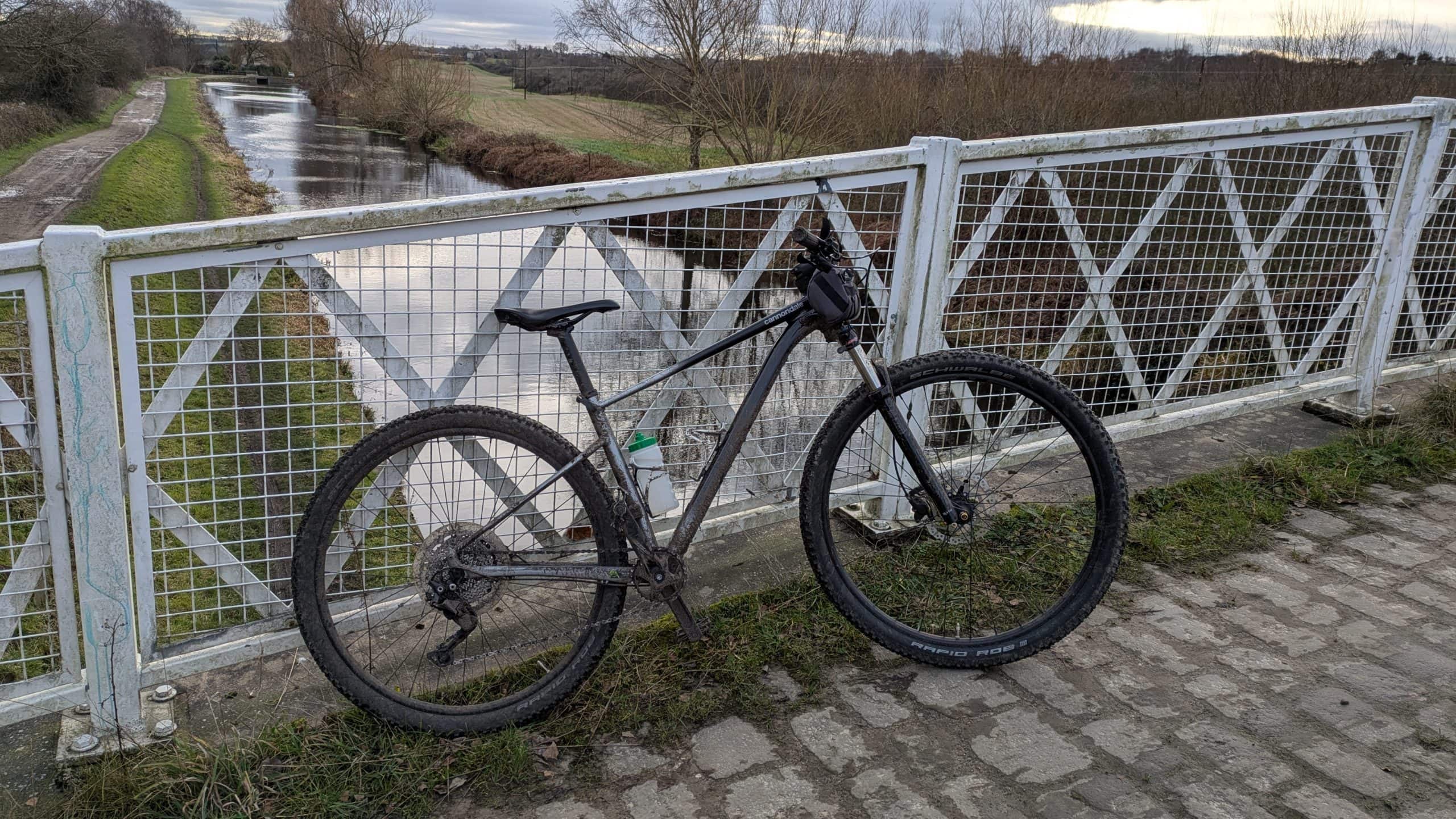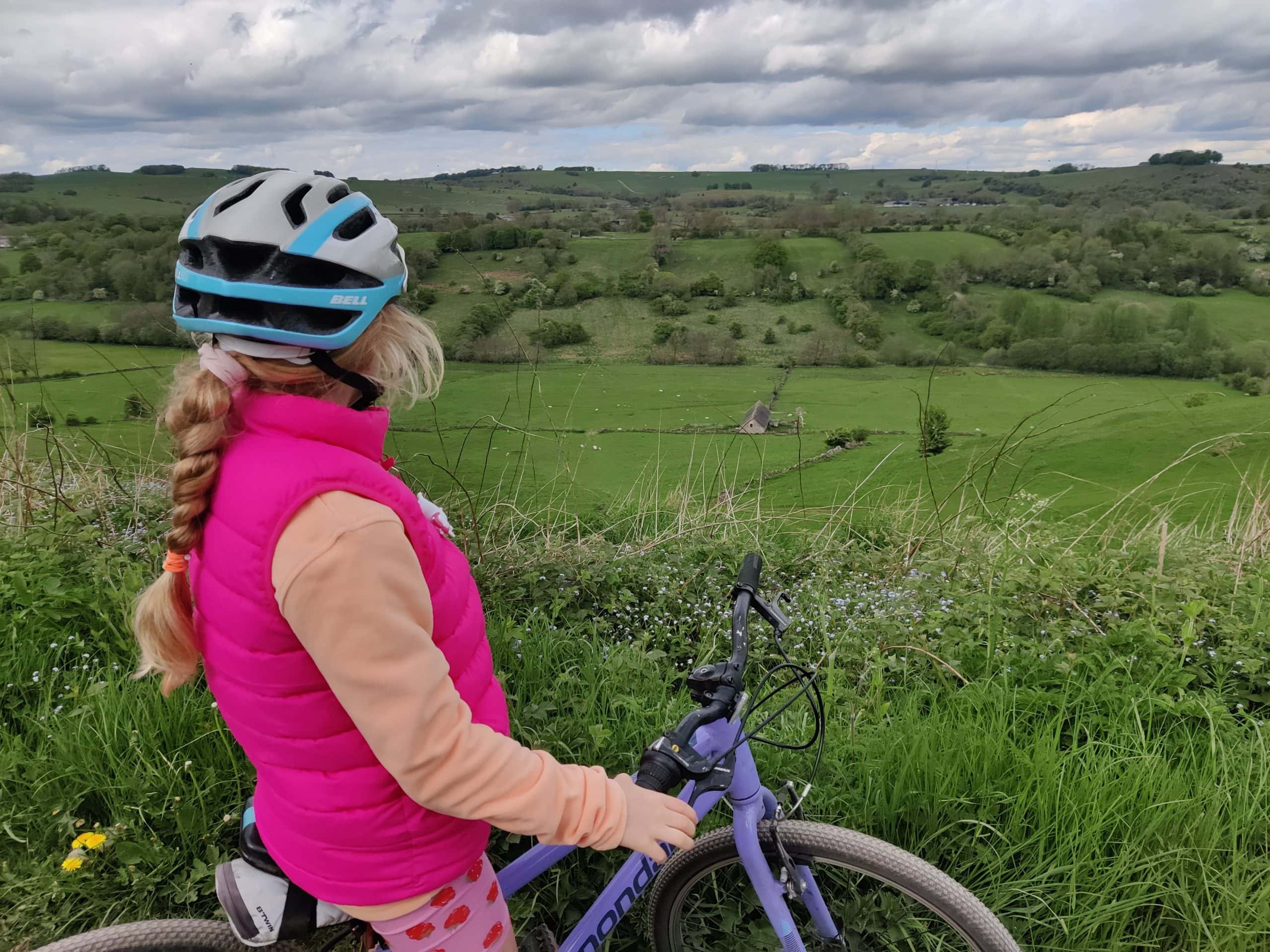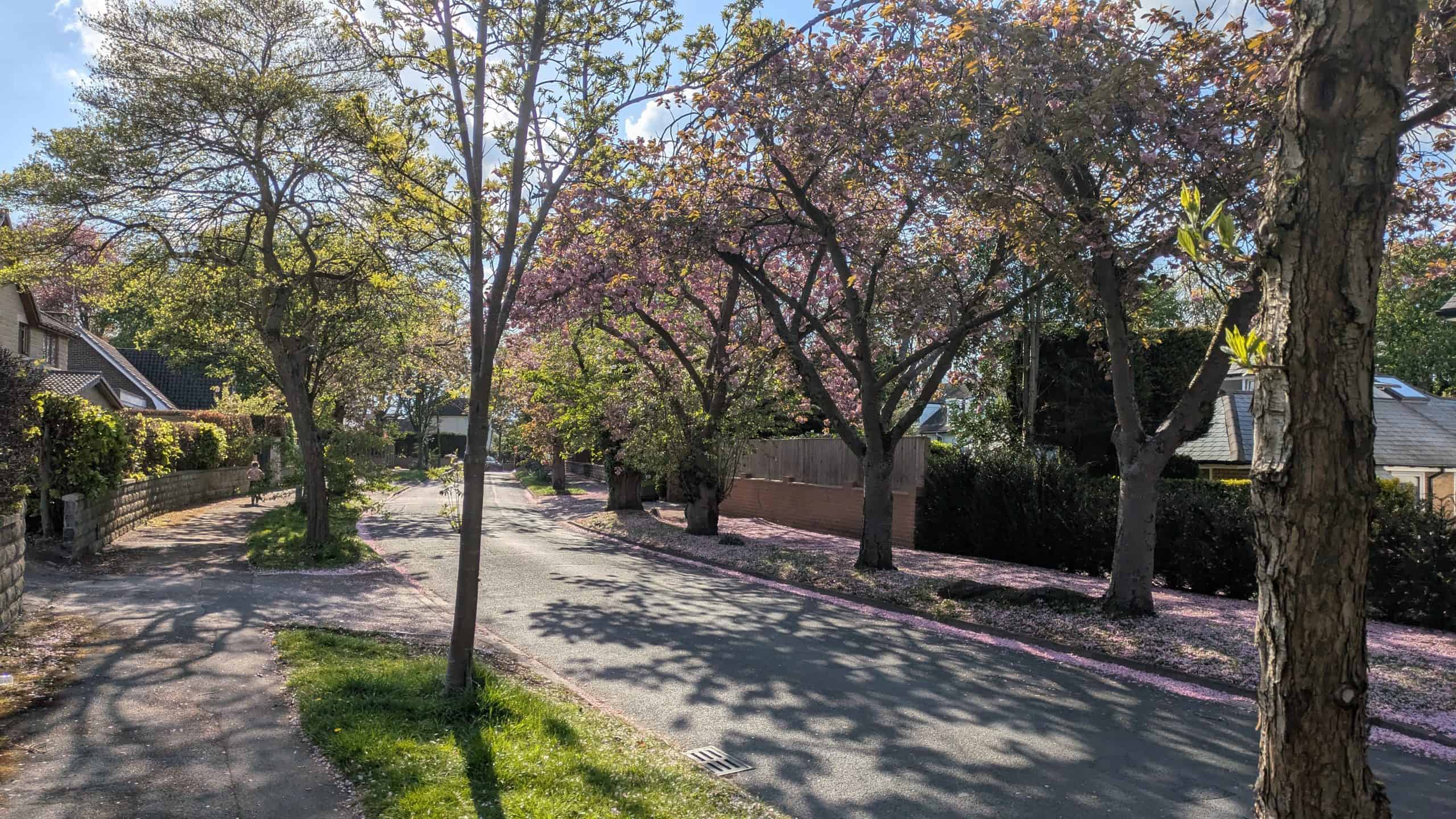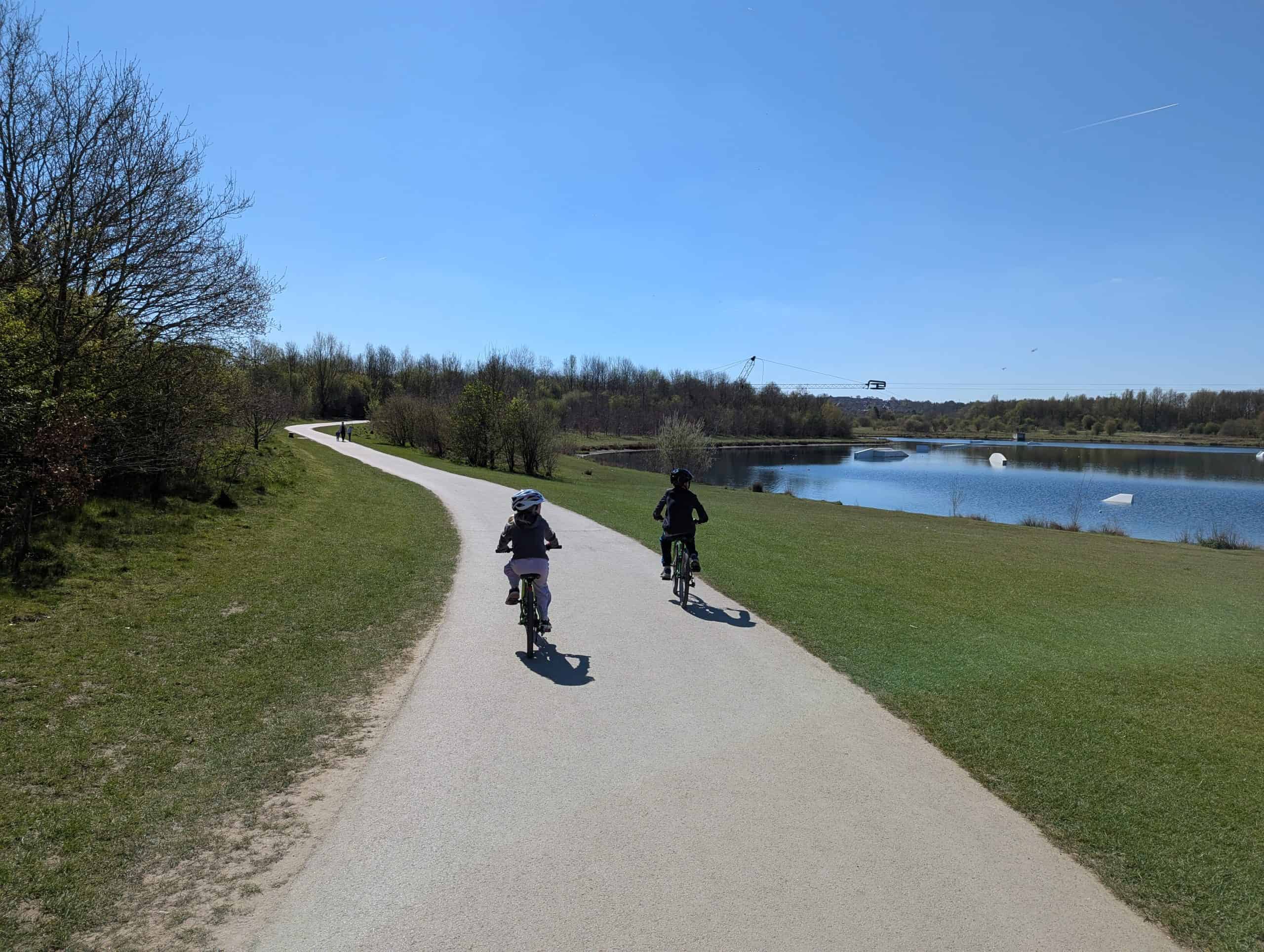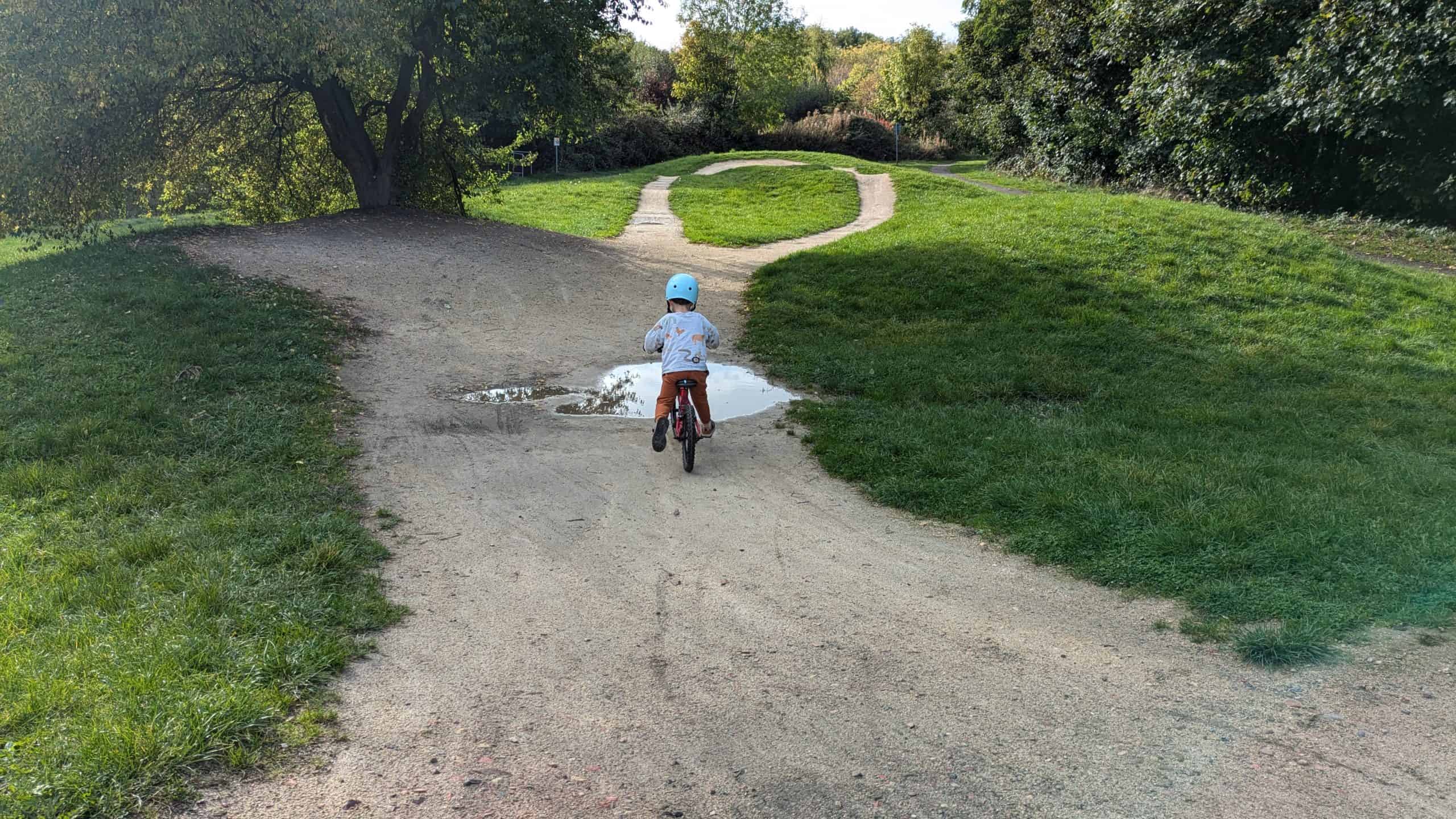We have wanted to cycle on this part of the TPT for a while, and we are so glad we have finally experienced it. It is a really beautiful part of the trail, and we met so many lovely people on our way.
We followed Google maps to Dunford Bridge TPT car park – a really nice car park with plenty of spaces, bike racks, and picnic benches. I did notice it had a bus stop too, actually, so people can travel there in different ways.
The trail itself – starting at the western end of the Trans Pennine Trail, the route from Dunford Bridge to Wharncliffe Woods offers one of the most scenic and enjoyable stretches of the trail in South Yorkshire. It follows the old Woodhead railway line, giving a largely traffic-free and gently graded path that’s perfect for walkers, cyclists, and families. It is a very social part of the trail, and we met several nice people to chat to along the way.
The first set of people were volunteers from the TPT Conservation Volunteer group, who meet every Wednesday at 10 am – if you want to look at more details, here is the link to their website – Ryan and I had just been commenting on how clean and green this stretch was when we met them. It is lovely to meet people and hear about how people love their local area and are putting time and effort into keeping it beautiful.
We were amazed at how many entry points there are along the trail, which is why we saw so many people joining it to go about their days, whilst using the trail. I wish we had this as close to use daily too. We are lucky that we can access the TPT not too far from our house, but this is ideal for local people from Dunford and Penistone, and the surrounding places – Millhouse Green, Thurgoland, Wortley.
- Route type: Linear, largely flat (approx. 21 miles / 34 km out-and-back)
- Start / finish: Dunford Bridge (TPT car park) → Wharncliffe Woods (via Penistone & Wortley)
- Terrain: Former railway line with compacted gravel and woodland sections
- Traffic-free: ~100 % (on old railbeds and forest trails)
- Elevation: Gentle gradients with a slight uphill on the return
- Ride time: Our moving time was 2 h 18 m (not including stops)
- Facilities: Picnic benches at Dunford Bridge plus cafés and toilets in Penistone & Wortley
- Navigation: Clearly signed Trans Pennine Trail (Route 62) throughout
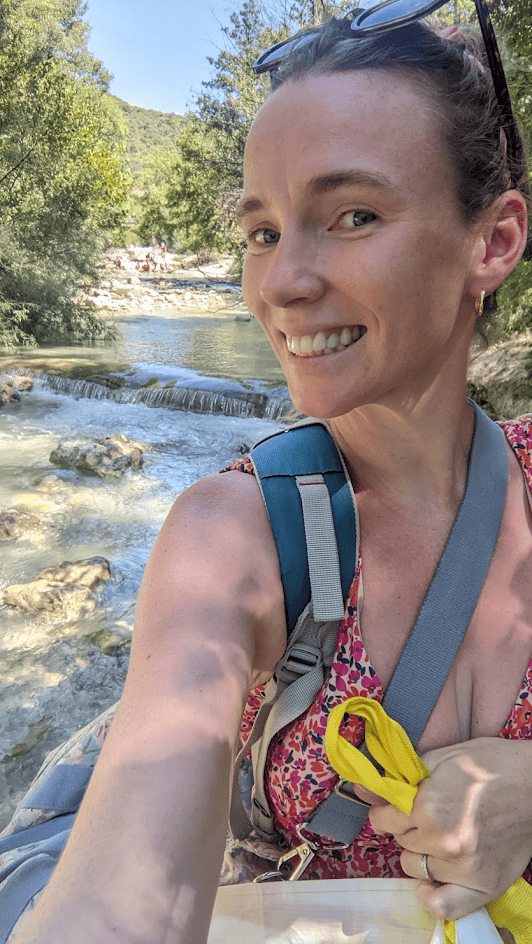
Hi I am Beth, mummy to Barney & Matilda and wife to Ryan. I love to do many things – explore, exercise, spend time with loved ones, read – to name a few. For paid work I teach primary children, I teach Bikeability, I work on our businesses, and we are always dabbling in something together. I like to write for our blog, and I am here for our children every day wherever they need me, and for that, I am very happy. We love to experience new and old adventures, whether that’s on our bike or via foot or further afield. Whatever you do in life, try to do it with passion, care and kindness.

